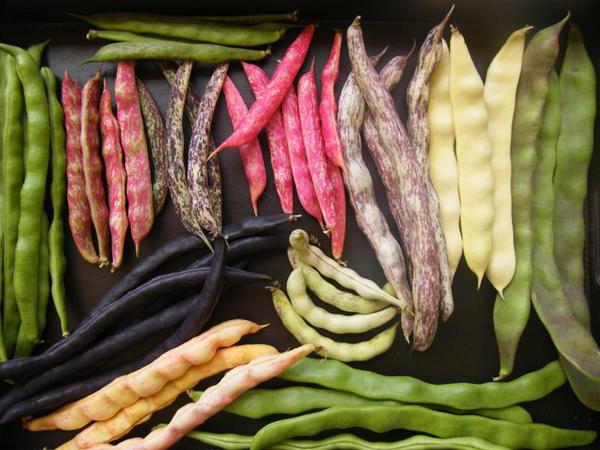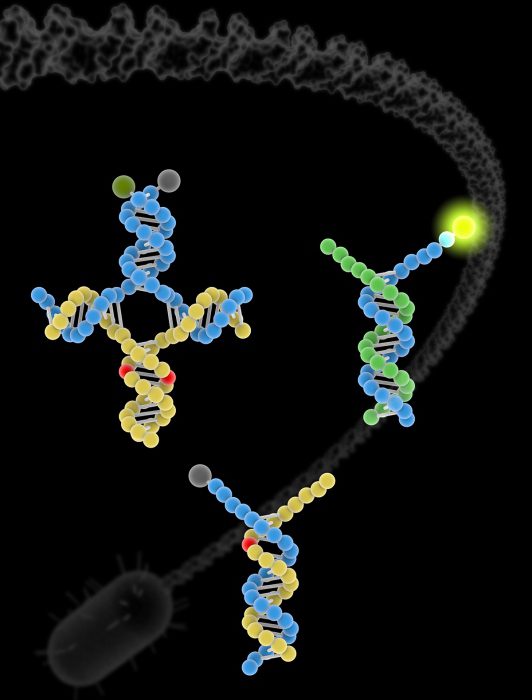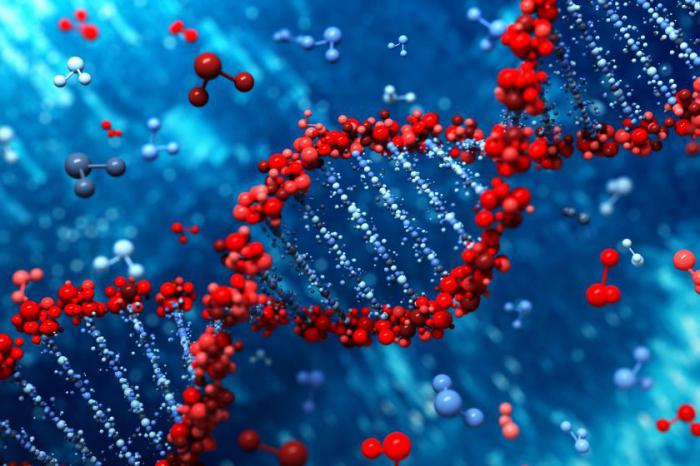Variability in biology is ... types of variability
Variability in biology is the emergence of individual differences between individuals of one species. Due to variability, the population becomes heterogeneous, and the species appears more chances to adapt to changing environmental conditions.
In such science, as biology, heredity and variability go hand in hand. There are two types of variability:
- Non-aulty (modification, phenotypic).
- Hereditary (mutational, genotypic).
Racutting variability
The modification variability in biology is the ability of a single living organism (phenotype) to adapt to the external environmental factors within their genotype. Thanks to this property, the individual is adjusted to climate change and other conditions of existence. It is based on adaptation processes occurring in any body. Thus, powerful animals in the improvement of the content conditions increase productivity: milk, egg production, and so on. And the animals brought into mountain areas grow low and well-developed undercoat. Changing the factors of the external environment and cause variability. Examples of this process can be easily found in everyday life: human skin under the influence of ultraviolet rays becomes dark, muscles growing, growing in shaded places and in light, have a different form of leaves, and hare change wool in winter and summer.
For non-aulticular variability, the following properties are characteristic:
- group nature of change;
- not inherited offspring;
- changing the feature within the genotype;
- the ratio of the degree of change with the intensity of the impact of the external factor.
Hereditary variability
Hereditary or genotypic variability in biology is a process as a result of which the organism genome changes. Thanks to her, the individual acquires signs, previously unusual above. According to Darwin, genotypic variability is the main engine of evolution. Distinguish the following types of hereditary variability:
- mutational;
- combinative.
It occurs as a result of the exchange of genes during sexual reproduction. At the same time, signs of parents are combined differently in a number of generations, increasing the variety of organisms in the population. Combinative variability obeys Mendel's inheritance rules.

An example of such variability is inbreeding and outbreeding (nearby and unrelated crossing). When the features of a separate manufacturer want to fasten into the rocks of animals, then a nearby crossing is used. Thus, the offspring becomes more monotonous and fixes the quality of the founder of the line. Inbreeding leads to the manifestation of recessive genes and can lead to the degeneration of the line. To increase the viability of offspring, an outbrending is used - unrelated crossing. At the same time, the heterozygousness of the offspring increases and increases the diversity inside the population, and, as a result, the stability of individuals increases to the adverse effects of environmental factors.

Mutations, in turn, are divided into:
- genomic;
- chromosomal;
- gene;
- cytoplasmic.
Changes affecting sex cells are inherited. Mutations in may be transmitted to offspring if the individual is multiplied with a vegetative way (plants, mushrooms). Mutations can be useful, neutral or harmful.
Genomic Mutations
The variability in biology through genomic mutations can be two types:
- Polyploidy - mutation is often found in plants. It is caused by a multiple increase in the total chromosome in the nucleus, it is formed in the process of violation of their discrepancies to the cell poles during division. Polyploid hybrids are widely used in agriculture - in crop production there are more than 500 polyploid (onions, buckwheat, sugar beets, radishes, mint, grapes and others).
- Aneuploidy - an increase or decrease in the number of chromosomes in separate pairs. This type of mutation is characterized by the low viability of individuals. A widespread mutation in humans - one on the 21st pair causes Down Syndrome.
Chromosomal mutations
Variability in biology through appears when the structure of the chromosomes themselves changes: the loss of the end portion, the repetition of the gene set, the rotation of the individual fragment, the transfer of the chromosome segment to another place or another chromosome. Such mutations often occur under the influence of radiation and chemical environmental pollution.

Gene mutations
A significant part of such mutations is not manifested externally, as it is a recessive sign. Conducted gene mutations by changing the sequence of nucleotides - individual genes - and lead to the appearance of protein molecules with new properties.

The gene mutations in humans determine the manifestation of some hereditary diseases - sickle cell anemia, hemophilia.
Cytoplasmic mutations
Cytoplasmic mutations are associated with changes in the cytoplasm structures of cells containing DNA molecules. These are mitochondria and plastids. Such mutations on the maternal line are transmitted, since the zygote gets all the cytoplasm from the maternal egg. An example of a cytoplasmic mutation that caused variability in biology is the peristolism of plants, which is caused by changes in chloroplasts.
For all mutations are characterized by the following properties:
- They arise suddenly.
- Transmitted by inheritance.
- They do not have any direction. Mutations may be subject to a slight section and a vital sign.
- There are individual individuals, that is, individual.
- By their manifestation, mutations can be recessive or dominant.
- The same mutation may repeat.
Each mutation is caused by certain reasons. In most cases, it is not possible to determine it. In experimental conditions, the directional factor of exposure to the external environment is used to obtain mutations - radiation irradiation and the like.
